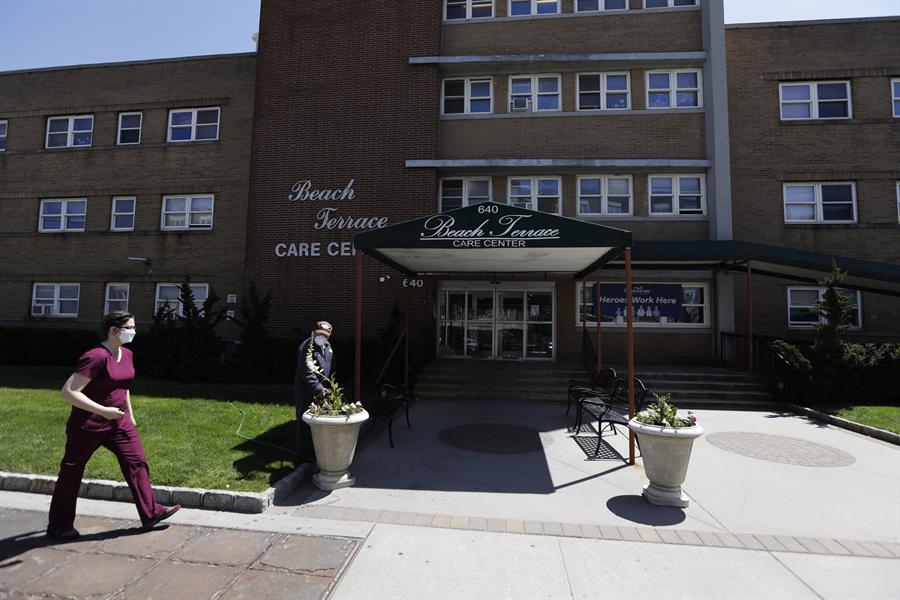The U.S. job recovery—led by President Biden—slowed down again in September with barely 194,000 jobs created, an excellent number in normal times, but not in the midst of the post-pandemic economic revival.
In short, 41,000 fewer jobs were created during September than in August when new job creation began to slow sharply after robust growth over the summer.
The unemployment rate fell by 0.4% to 4.8%, which would equate to about 7.7 million unemployed Americans. Although unemployment is down considerably from a year ago, it remains far from its pre-pandemic levels, when it was around 3.5%.

The slow recovery imposes new pressures on the Federal Reserve (FED), which affirms that it will continue to maintain interest rates close to zero until the economy returns to pre-pandemic employment levels. However, inflation is increasingly latent for American consumers, who have already lost purchasing power due to the rising cost of living.
Paradoxically, some of the inflation is being caused by labor shortages in sectors such as transportation, warehousing and retail. Although the transportation and warehousing sectors have already recovered and surpassed their pre-pandemic levels, the emergence of online commerce over the last year has considerably increased the demand for personnel with experience in logistics and warehousing.
Retail recovered 56,000 jobs, after two months of little change, even though much of Americans’ shopping has shifted to online retailing, as the vaccination progresses Americans are returning to stores and malls. Retail still has 202,000 fewer jobs than during February 2020.
Although it underwent a remarkable recovery in June and July, the entertainment and leisure sector is still down 1.6 million jobs from February 2020. Restaurants, bars, hotels and other types of leisure services are among the largest employers in the United States and unfortunately were among the hardest hit by the pandemic. During 2020, more than 17 % of the nation’s restaurants closed permanently, which may explain the slow recovery of jobs in this industry.

Construction, a leading indicator of economic growth, added 22,000 jobs during September, a modest gain. The sector remains 201,000 jobs short of its pre-pandemic levels. Some analysts indicate that America may need as many as 1 million construction jobs to keep up with the nation’s exploding demand for housing.
The Health Care Sector lost 18,000 employees during September. Job losses occurred primarily in nursing homes and nursing services with 38,000 fewer jobs, hospitals had 8,000 fewer workers, but ambulatory care services added another 28,000 jobs.
At present, the health sector has 524,000 fewer jobs than in February 2020, with nursing services and elder care accounting for four-fifths of the health job losses.
Non-rural wages rose $0.19 cents this month, putting the average U.S. employee’s hourly wage at $30.85 an hour. Unfortunately, inflation has erased all of the nominal wage gains that workers in low-skilled jobs have made.
This piece was syndicated with licensed permission from elamerican.com
"*" indicates required fields

